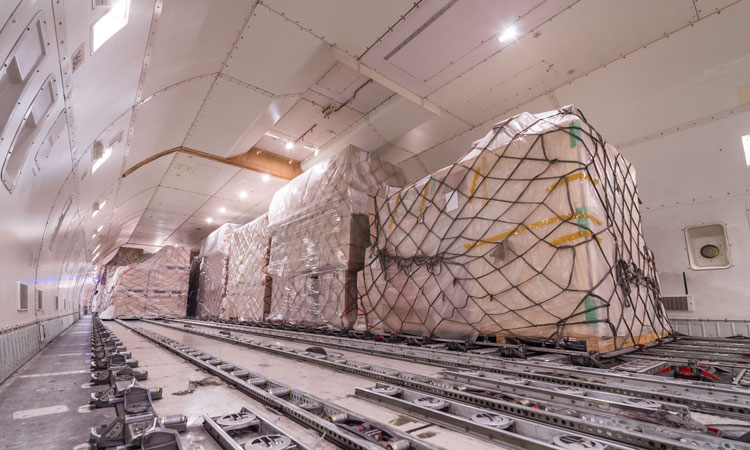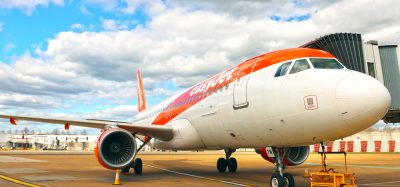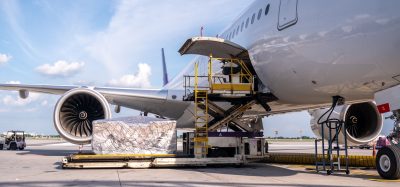Global air cargo demand continues to outperform pre-COVID-19 levels
- Like
- Digg
- Del
- Tumblr
- VKontakte
- Buffer
- Love This
- Odnoklassniki
- Meneame
- Blogger
- Amazon
- Yahoo Mail
- Gmail
- AOL
- Newsvine
- HackerNews
- Evernote
- MySpace
- Mail.ru
- Viadeo
- Line
- Comments
- Yummly
- SMS
- Viber
- Telegram
- Subscribe
- Skype
- Facebook Messenger
- Kakao
- LiveJournal
- Yammer
- Edgar
- Fintel
- Mix
- Instapaper
- Copy Link
Posted: 9 April 2021 | International Airport Review | No comments yet
With a nine per cent increase in global air cargo demand in February 2021 compared to February 2019, air cargo is experiencing consistent growth following the COVID-19 pandemic.


The International Air Transport Association (IATA) has released February 2021 data for global air cargo markets which show that air cargo demand continued to outperform pre-COVID-19 levels, with demand up by nine per cent over February 2019. February demand also showed strong month-on-month growth over January 2021 levels. Volumes have now returned to 2018 levels seen prior to the U.S.-China trade war.
Because comparisons between 2021 and 2020 monthly results are distorted by the extraordinary impact of COVID-19, unless otherwise noted, all comparisons to follow are to February 2019, which followed a normal demand pattern.
Global demand, measured in cargo tonne-kilometers (CTKs), was up by nine per cent compared to February 2019 and 1.5 per cent compared to January 2021. All regions except for Latin America saw an improvement in air cargo demand compared to pre-COVID-19 levels, and North America and Africa were the strongest performers.
The recovery in global capacity, measured in available cargo tonne-kilometers (ACTKs), stalled owing to new capacity cuts on the passenger side as governments tightened travel restrictions due to the recent spike in COVID-19 cases. Capacity shrank by 14.9 per cent compared to February 2019.
The operating conditions remain supportive for air cargo:
- Conditions in the manufacturing sector are robust despite the recent spike in COVID-19 outbreaks. The global manufacturing Purchasing Managers’ Index (PMI) was at 53.9 in February 2021 – results above 50 indicate manufacturing growth versus the prior month
- The new export orders component of the manufacturing PMI – a leading indicator of air cargo demand– picked up compared to January 2021
- Supply chain disruptions and the resulting delivery delays have led to long supplier delivery times – the second longest in the history of the manufacturing PMI. This typically means that manufacturers use air transport, which is quicker, to recover time lost during the production process
- The level of inventories remains relatively low compared to sales volumes. Historically, this has meant that businesses had to quickly refill their stocks, for which they also used air cargo.
“Air cargo demand is not just recovering from the COVID-19 crisis, it is growing. With demand at nine per cent above pre-crisis levels (February 2019), one of the main challenges for air cargo is finding sufficient capacity. This makes cargo yields a bright spot in an otherwise bleak industry situation. It also highlights the need for clarity on government plans for a safe industry restart. Understanding how passenger demand could recover will indicate how much belly capacity will be available for air cargo. Being able to efficiently plan that into air cargo operations will be a key element for overall recovery,” said Willie Walsh, IATA’s Director General.
Related topics
Aeronautical revenue, Air freight and cargo, Airside operations, COVID-19


















